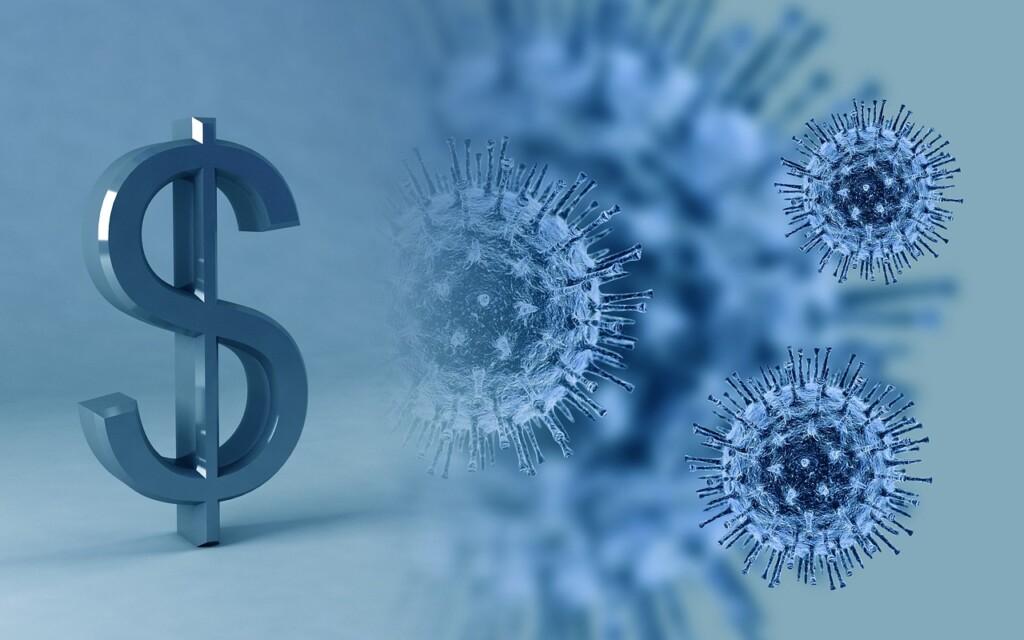
Blog
May 12, 2025 | Source: U.S. Right to Know | by Pamela Ferdinand
The tiniest particles of titanium dioxide—commonly used to make candies, cookies, and other ultra-processed foods look brighter and more visually appealing, especially to kids—can raise blood sugar levels and impair how the body processes glucose, among other health harms, according to new research in mice.
The study, published this month [May 2025] in Food and Chemical Toxicology, adds to growing concerns over the safety of titanium dioxide (TiO₂), a widely used color additive that is banned in the EU but widely used in the U.S. and elsewhere. It also highlights the food industry’s increasing use of microscopic materials to preserve or enhance foods.
“These findings raise important questions about the potential risks of titanium dioxide nanoparticles in food products, particularly in relation to metabolic disorders such as obesity and type 2 diabetes,” the researchers say.
The findings come several months after the FDA banned a coloring agent called Red Dye No. 3 amid several efforts nationwide to ban food chemicals, particularly from public school meals. The U.S. Department of Health and Human Services (HHS) has also said that it will direct food manufacturers to phase out eight petroleum-based food dyes found in hundreds of foods.
The post Tiny Titanium Dioxide Particles in Food Raise Blood Sugar, Disrupt Gut Hormones in Mice, Study Finds appeared first on Organic Consumers.
.png)











 English (US)
English (US)